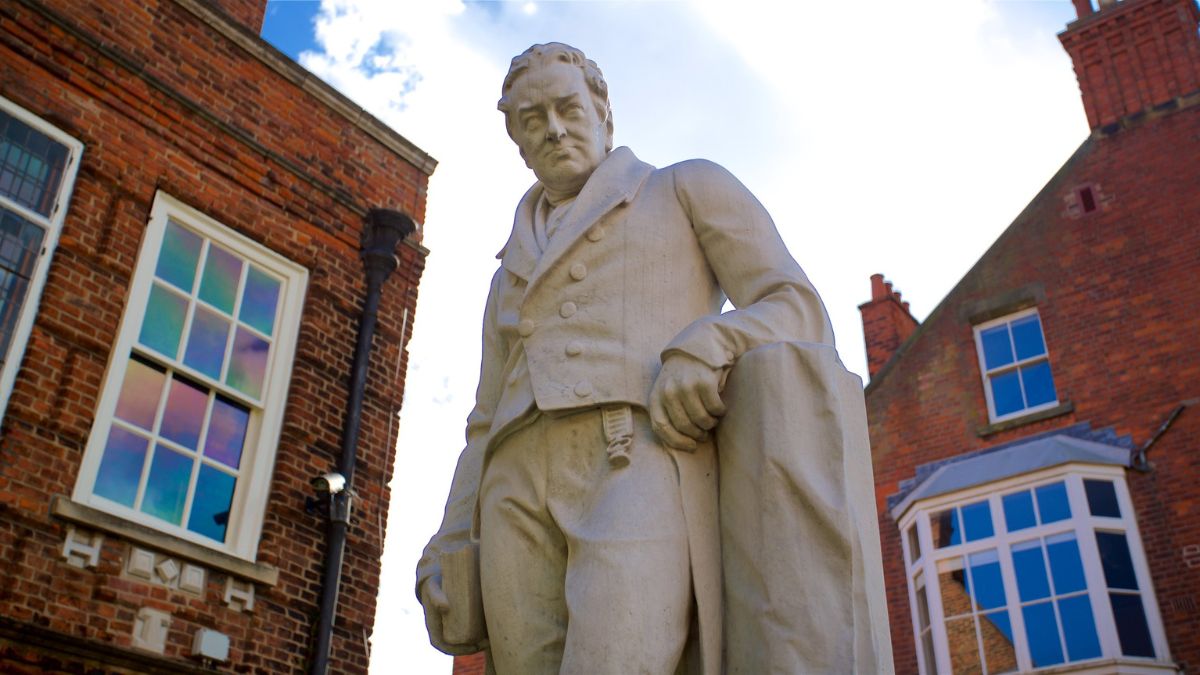

BreakPoint
‘The Privileged Planet’
Do you ever find yourself saying, "I wish so-and-so were still around?" Well, I wish the astronomer Carl Sagan were still around. He died in 1996, but had he lived, he would have found an extraordinary book, The Privileged Planet, by astronomer Guillermo Gonzalez and philosopher Jay Richards, deeply challenging -- maybe even disturbing. Here's why: In his frequent appearances on the Tonight Show, and in his public television series Cosmos, Sagan was presented as the visionary sage of science. He spoke cheerfully of being inspired by the vastness of the universe and our growing scientific knowledge of our place in it. Ironically, however, Sagan's cheerful demeanor didn't fit his message of cosmic loneliness. Earth has no "special significance," he said -- it's merely one tiny planet going around an unremarkable star, in an equally unremarkable galaxy, adrift in a universe filled with billions of such galaxies. "Our planet," he wrote, "is a lonely speck in the great enveloping cosmic dark. In our obscurity . . . there is no hint that help will come from elsewhere to save us from ourselves." Sagan's picture of an insignificant, almost accidental Earth reflects a widely held and rather bleak assumption in modern science. Called the Copernican Principle, or the Principle of Mediocrity, this assumption says that the Earth isn't special at all. Now, the Bible places a high value on the virtue of humility, so Christians might be tempted to agree with this picture: Maybe we're not so significant after all. But there's all the difference in the world between seeking real humility (indeed a virtue) -- and arguing, as Sagan did, for human insignificance by assuming the universe exists for no purpose. Furthermore, the first question anybody should ask (Christian or not) about assumptions like the Principle of Mediocrity is this: Is it true? Or is a materialistic philosophy being promoted in the name of science? That's exactly the question that Gonzalez and Richards pursue in The Privileged Planet. And now their book has inspired a stunning new science documentary. What makes the production so wonderfully refreshing is the spirit of scientific freedom and open intellectual inquiry motivating it. Using state-of-the-art computer animations, awe-inspiring astronomical footage, and interviews with leading scientists, including Robert Jastrow and Paul Davies, the documentary draws a strikingly different picture from the Sagan image of mediocrity. We learn how many things you need to get a planet, like Earth. It takes just the right atmosphere, plate tectonics, a large moon, well- placed planetary neighbors, in the exact right location in a spiral galaxy, and much, much more. That alone is interesting. But there's another surprise. Earth also provides the best conditions for scientific discovery. Did you catch that? The very place with intelligent beings is also the best place for scientific discovery. According to the evidence marshaled by Gonzalez and Richards, the universe is, literally, designed for discovery. Young Carl Sagans need to consider The Privileged Planet. And believers will be encouraged that science is finally discovering what we knew all along -- we are a specially blessed people. For Further Reading and Information: The new DVD/video "The Privileged Planet" is a useful resource for students and teachers in learning about the evidence of design in the universe (narrated by John Rhys-Davies of The Lord of the Ringsfilms). Guillermo Gonzalez and Jay Richards, The Privileged Planet (Regnery, 2004). The videos "Unlocking the Mystery of Life" and "Icons of Evolution" are also great resources for students and teachers. See BreakPoint's Intelligent Design research and information page. See Chuck Colson's Ten Questions about Origins, a helpful tool for students. Lee Strobel, The Case for a Creator (Zondervan, 2004).
11/24/04















